Computer Networking; In this comprehensive introduction to the fascinating world of networking, we will delve into the fundamental concepts and principles that govern the functioning of computer networks. We will explore the intricate inner workings of these interconnected systems, examining the elegant architectures and protocols that underpin their design and operation.
At its core, networking is the art and science of exchanging information and resources between computers and devices. Whether we realize it or not, we interact with networks every day: sending emails, browsing websites, streaming videos, and engaging in online conversations. Understanding how these networks function and being able to navigate them with confidence is becoming increasingly essential in our interconnected world.
We shall embark on a captivating journey through the layers of network architecture, starting from the physical layer, where signals traverse cables and airwaves, to the application layer, where we encounter familiar services like web browsing and file sharing. Along the way, we will explore concepts like IP addressing, routing, switching, and subnetting, unraveling the mysteries behind how data traverses vast networks to reach its destination.
Moreover, we will dive into the vital topic of network security, delving into the techniques and tools that safeguard these networks from malicious threats. We will discuss firewalls, encryption, authentication mechanisms, and best practices for ensuring the resilience and integrity of networked systems.
By the end of this enlightening exploration, you will not only have a firm grasp of the key concepts that govern networking, but you will also have gained practical knowledge that can be applied to build and maintain robust networks of your own. So, fasten your seatbelts and get ready to embark on an exhilarating journey into the world of networking!
Learning networking concepts
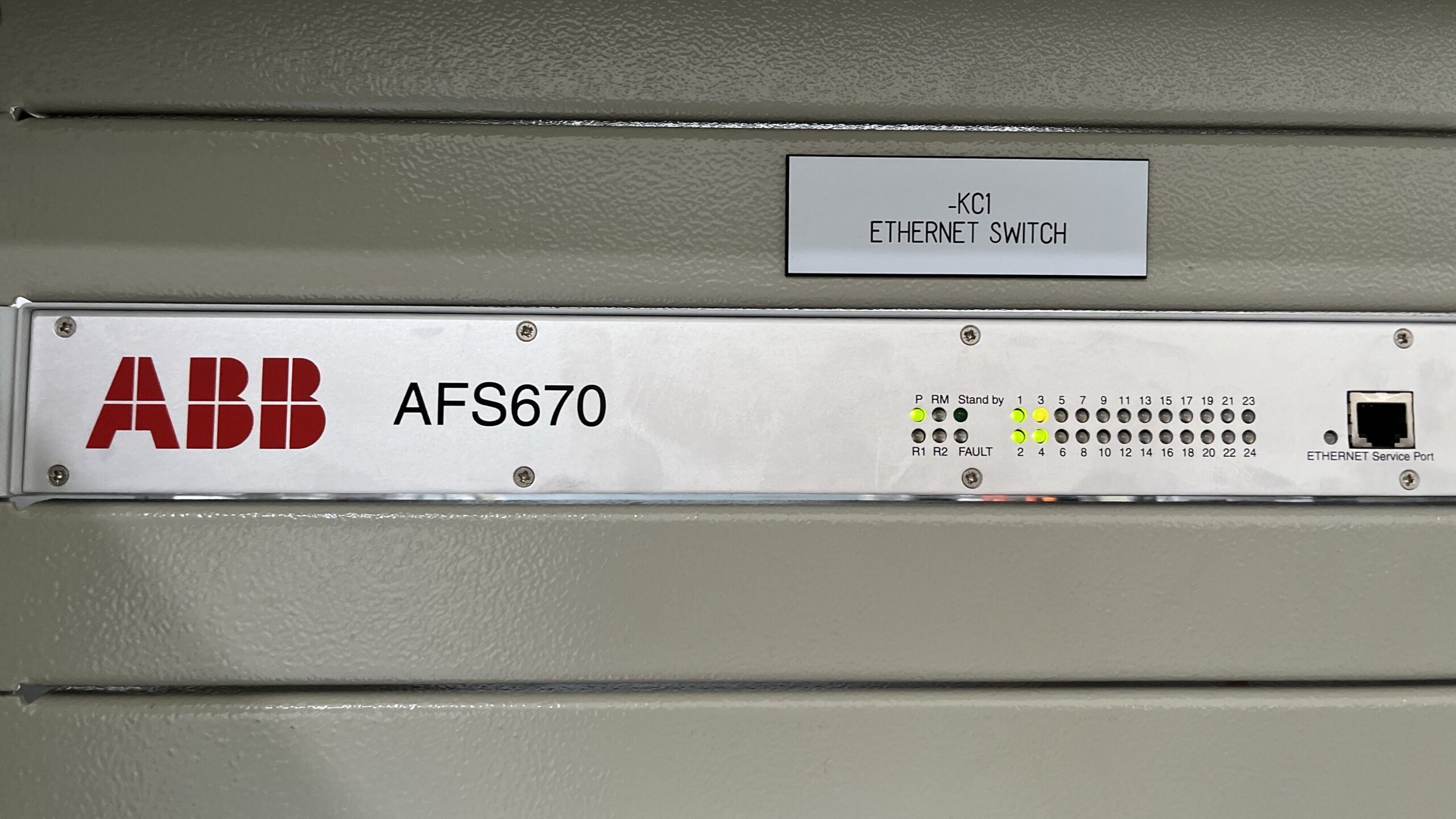
What is a computer network?
A computer network is a fascinating and powerful tool that brings computers together, enabling seamless communication, data sharing, and resource collaboration. It’s incredible how hardware components like routers, switches, and access points, combined with software magic, create a harmonious network system. With the power of connectivity, possibilities become endless, allowing for efficient teamwork and boundless innovation. Embrace the world of computer networks, and let the magic unfold!
Computer Network by Location: Embracing the power of connectivity, a computer network spans across physical boundaries, transforming spaces into vibrant hubs of digital collaboration. Picture a LAN (local area network) effortlessly linking computers within an office building, enabling seamless communication and enhanced productivity. Now expand that vision, with a WAN (wide area network) uniting computers across continents, igniting a global network of innovation and knowledge exchange. And then, behold the vastness of the Internet, an extraordinary marvel connecting billions of computers worldwide, fostering boundless opportunities for discovery and growth. The world is at our fingertips, interconnected and ready to explore.
A computer network refers to a system of interconnected devices that are designed to share resources, exchange data, and communicate with each other. It facilitates the seamless transmission of information, whether it be text, audio, video, or any other form of digital data. These networks can range in size and complexity, connecting just a few devices within a home or office to vast global networks spanning continents.
One fundamental aspect that characterizes computer networks is the use of protocols. Protocols are a set of rules and guidelines that govern how devices should communicate and exchange data within the network. They ensure that the information is transmitted accurately, efficiently, and securely. Some well-known protocols include TCP/IP (Transmission Control Protocol/Internet Protocol), Ethernet, Wi-Fi, and HTTP (Hypertext Transfer Protocol).
The physical arrangement of network components also plays a crucial role in how a computer network operates. Devices such as computers, servers, routers, switches, and cables are interconnected to enable the flow of data. Networks can be categorized based on their physical structure, such as bus, star, ring, or mesh topology. Each topology offers different advantages in terms of scalability, fault tolerance, and ease of maintenance.
Another aspect of computer networks is traffic control. To ensure smooth operation and efficient use of network resources, mechanisms such as routing algorithms, quality of service (QoS) measures, and congestion control algorithms are employed. These techniques help to manage the flow of data packets and prevent network congestion, which can degrade performance.
Computer networks serve various purposes depending on the context and requirements. Local Area Networks (LANs) are commonly used within homes, offices, or educational institutions to enable resource sharing and collaboration among devices. Wide Area Networks (WANs), on the other hand, connect geographically dispersed locations, allowing for long-distance communication and access to remote resources. The internet itself can be considered as a massive global network that connects millions of devices worldwide, facilitating communication and information exchange on an unprecedented scale.
Computer networks are the backbone of modern communication and information exchange. Through the use of protocols, physical components, traffic control mechanisms, and specific purposes, these networks enable the seamless flow of data and resources, connecting individuals, organizations, and communities across the globe.
Computer network types
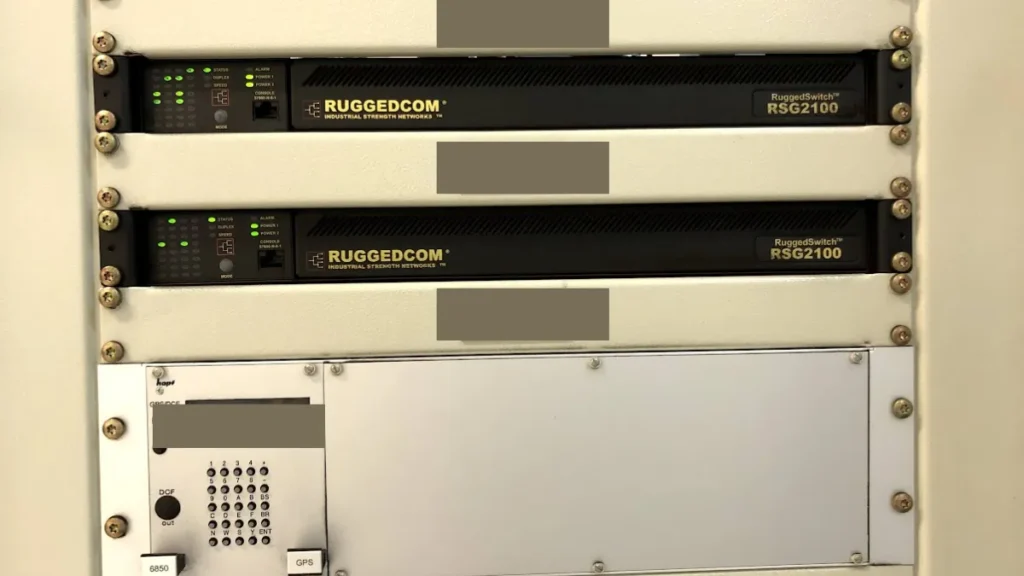
As networking needs to be evolved, so did the computer network types that serve those needs. Here are the most common and widely used computer network types:
- LAN (local area network): A LAN connects computers over a relatively short distance, allowing them to share data, files, and resources. For example, a LAN may connect all the computers in an office building, school, or hospital. Typically, LANs are privately owned and managed.
- WLAN (wireless local area network): A WLAN is just like a LAN, but connections between devices on the network are made wirelessly.
- WAN (wide area network): As the name implies, a WAN connects computers over a wide area, such as from region to region or even continent to continent. The internet is the largest WAN, connecting billions of computers worldwide. You will typically see collective or distributed ownership models for WAN management.
- MAN (metropolitan area network): MANs are typically larger than LANs but smaller than WANs. Cities and government entities typically own and manage MANs.
- PAN (personal area network): A PAN serves one person. For example, if you have an iPhone and a Mac, it’s very likely you’ve set up a PAN that shares and syncs content text messages, emails, photos, and more across both devices.
- SAN (storage area network): A SAN is a specialized network that provides access to block-level storage a shared network or cloud storage that, to the user, looks and works like a storage drive that’s physically attached to a computer. (For more information on how a SAN works with block storage, see Block Storage: A Complete Guide.)
- CAN (campus area network): A CAN is also known as a corporate area network. A CAN is larger than a LAN but smaller than a WAN. CANs serve sites such as colleges, universities, and business campuses.
- VPN (a virtual private network): A VPN is a secure, point-to-point connection between two network endpoints (see ‘Nodes’ below). A VPN establishes an encrypted channel that keeps a user’s identity and access credentials, as well as any data transferred, inaccessible to hackers.
Important terms and concepts in networking
The following are some common terms to know when discussing computer networking:
- IP address: An IP address is a unique number assigned to every device connected to a network that uses Internet Protocol. Each IP address identifies the device’s host network and the location of the device on the host network. When one device sends data to another, the data includes a ‘header’ that includes the IP address of the sending device and the IP address of the destination device.
- Nodes: A node is a connection point inside a network that can receive, send, create, or store data. Each node requires you to provide some form of identification to receive access, like an IP address. A few examples of nodes include computers, printers, modems, bridges, and switches. A node is essentially any network device that can recognize, process, and transmit information to any other network node.
- Routers: A router is a physical or virtual device that sends the information contained in data packets between networks. Routers analyze data within the packets to determine the best way for the information to reach its ultimate destination. Routers forward data packets until they reach their destination node.
- Switches: A switch is a device that connects other devices and manages node-to-node communication within a network, ensuring data packets reach their ultimate destination. While a router sends information between networks, a switch sends information between nodes in a single network. When discussing computer networks, ‘switching’ refers to how data is transferred between devices in a network. The three main types of switching are as follows:
- Circuit switching establishes a dedicated communication path between nodes in a network. This dedicated path assures the full bandwidth is available during the transmission, meaning no other traffic can travel along that path.
- Packet switching involves breaking down data into independent components called packets, which, because of their small size, make fewer demands on the network. The packets travel through the network to their end destination.
- Message switching sends a message in its entirety from the source node, traveling from switch to switch until it reaches its destination node.
- Ports: A port identifies a specific connection between network devices. Each port is identified by a number. If you think of an IP address as comparable to the address of a hotel, then ports are the suites or room numbers within that hotel. Computers use port numbers to determine which application, service, or process should receive specific messages.
- Network cable types: The most common network cable types are Ethernet twisted pair, coaxial, and fiber optic. The choice of cable type depends on the size of the network, the arrangement of network elements, and the physical distance between devices.
Examples of computer networks
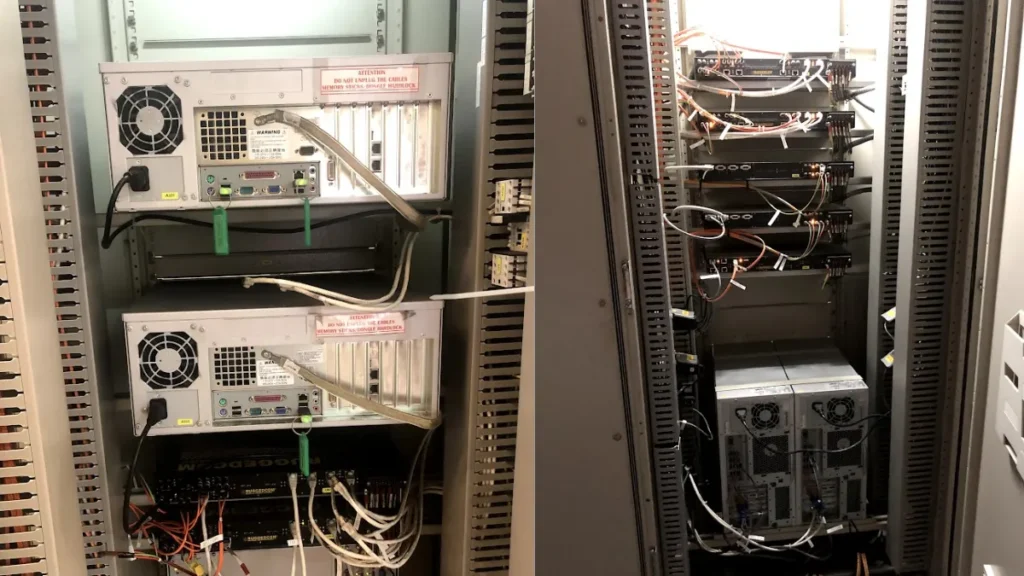
The wired or wireless connection of two or more computers for the purpose of sharing data and resources from a computer network. Today, nearly every digital device belongs to a computer network.
In an office setting, you and your colleagues may share access to a printer or to a group messaging system. The computing network that allows this is likely a LAN or local area network that permits your department to share resources.
A city government might manage a city-wide network of surveillance cameras that monitor traffic flow and incidents. This network would be part of a MAN or metropolitan area network that allows city emergency personnel to respond to traffic accidents, advise drivers of alternate travel routes, and even send traffic tickets to drivers who run red lights.
The Weather Company worked to create a peer-to-peer mesh network that allows mobile devices to communicate directly with other mobile devices without requiring WiFi or cellular connectivity. The Mesh Network Alerts project delivers life-saving weather information to billions of people, even without an internet connection.
Computer networks and the internet
The Internet is actually a network of networks that connects billions of digital devices worldwide. Standard protocols allow communication between these devices. Those protocols include hypertext transfer protocol (the ‘HTTP’ in front of all website addresses). Internet Protocol (or IP addresses) are the unique identifying numbers required of every device that accesses the internet. IP addresses are comparable to your mailing address, providing unique location information so that information can be delivered correctly.
Internet Service Providers (ISPs) and Network Service Providers (NSPs) provide the infrastructure that allows the transmission of packets of data or information over the Internet. Every bit of information sent over the internet doesn’t go to every device connected to the internet. It’s the combination of protocols and infrastructure that tells information exactly where to go.
How do they work?
Computer networks connect nodes like computers, routers, and switches using cables, fiber optics, or wireless signals. These connections allow devices in a network to communicate and share information and resources.
Networks follow protocols, which define how communications are sent and received. These protocols allow devices to communicate. Each device on a network uses an Internet Protocol or IP address, a string of numbers that uniquely identifies a device and allows other devices to recognize it.
Routers are virtual or physical devices that facilitate communications between different networks. Routers analyze information to determine the best way for data to reach its ultimate destination. Switches connect devices and manage node-to-node communication inside a network, ensuring that bundles of information traveling across the network reach their ultimate destination.
Network Architecture
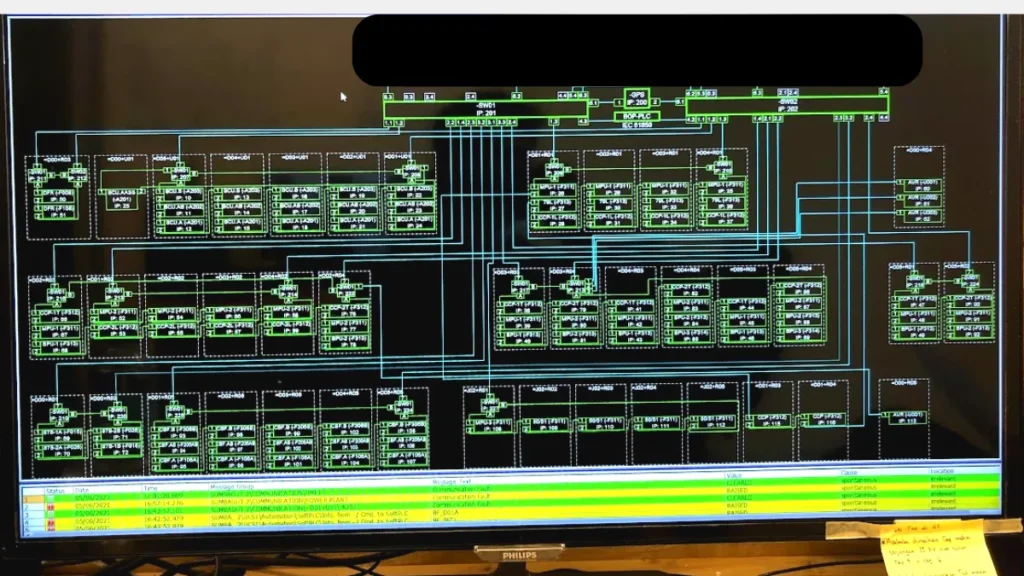
Computer network architecture defines the physical and logical framework of a computer network. It outlines how computers are organized in the network and what tasks are assigned to those computers. Network architecture components include hardware, software, transmission media (wired or wireless), network topology, and communications protocols.
Main types of network architecture
There are two types of network architecture: peer-to-peer (P2P) and client/server. In P2P architecture, two or more computers are connected as “peers,” meaning they have equal power and privileges on the network. A P2P network does not require a central server for coordination. Instead, each computer on the network acts as a client (a computer that needs to access a service) and a server (a computer that serves the client’s needs accessing a service). Each peer makes some of its resources available to the network, sharing storage, memory, bandwidth, and processing power.
In a client/server network, a central server or group of servers manages resources and delivers services to client devices in the network. The clients in the network communicate with other clients through the server. Unlike the P2P model, clients in a client/server architecture don’t share their resources. This architecture type is sometimes called a tiered model because it’s designed with multiple levels or tiers.
Network topology
Network topology refers to how the nodes and links in a network are arranged. A network node is a device that can send, receive, store, or forward data. A network link connects nodes and may be either cabled or wireless links.
Understanding topology types provides the basis for building a successful network. There are a number of topologies but the most common are bus, ring, star, and mesh:
- A bus network topology is when every network node is directly connected to the main cable.
- In a ring topology, nodes are connected in a loop, so each device has exactly two neighbors. Adjacent pairs are connected directly; non-adjacent pairs are connected indirectly through multiple nodes.
- In a star network topology, all nodes are connected to a single central hub, and each node is indirectly connected through that hub.
- A mesh topology is defined by overlapping connections between nodes. You can create a full mesh topology, where every node in the network is connected to every other node. You can also create a partial mesh topology in which only some nodes are connected to each other, and some are connected to the nodes with which they exchange the most data. Full mesh topology can be expensive and time-consuming to execute, which is why it’s often reserved for networks that require high redundancy. Partial mesh provides less redundancy but is more cost-effective and simpler to execute.
Security
Computer network security protects the integrity of the information contained by a network and controls who access that information. Network security policies balance the need to provide service to users with the need to control access to information.
There are many entry points to a network. These entry points include the hardware and software that comprise the network itself and the devices used to access the network, like computers, smartphones, and tablets. Because of these entry points, network security requires using several defense methods. Defenses may include firewall devices that monitor network traffic and prevent access to parts of the network based on security rules.
Processes for authenticating users with user IDs and passwords provide another layer of security. Security includes isolating network data so that proprietary or personal information is harder to access than less critical information. Other network security measures include ensuring hardware and software updates and patches are performed regularly, educating network users about their role in security processes, and staying aware of external threats executed by hackers and other malicious actors. Network threats constantly evolve, which makes network security a never-ending process.
The use of the public cloud also requires updates to security procedures to ensure continued safety and access. A secure cloud demands a secure underlying network.
Read about the top five considerations (PDF, 298 KB) for securing the public cloud.
Mesh networks
As noted above, a mesh network is a topology type in which the nodes of a computer network are connected to as many other nodes as possible. In this topology, nodes cooperate to route data efficiently to its destination. This topology provides greater fault tolerance because if one node fails, many other nodes can transmit data. Mesh networks self-configure and self-organize, searching for the fastest, most reliable path on which to send information.
Type of mesh networks
There are two types of mesh networks (full mesh and partial mesh):
- In a full mesh topology, every network node connects to every other network node, providing the highest level of fault tolerance. However, it costs more to execute. In a partial mesh topology, only some nodes connect, typically those that frequently exchange data.
- A wireless mesh network may consist of tens to hundreds of nodes. This type of network connects users over access points spread across a large area.
Load balancers and networks
Load balancers efficiently distribute tasks, workloads, and network traffic across available servers. Think of load balancers like air traffic control at an airport. The load balancer observes all traffic coming into a network and directs it toward the router or server best equipped to manage it. The load balancing objectives are to avoid resource overload, optimize available resources, improve response times, and maximize throughput.
Content delivery networks
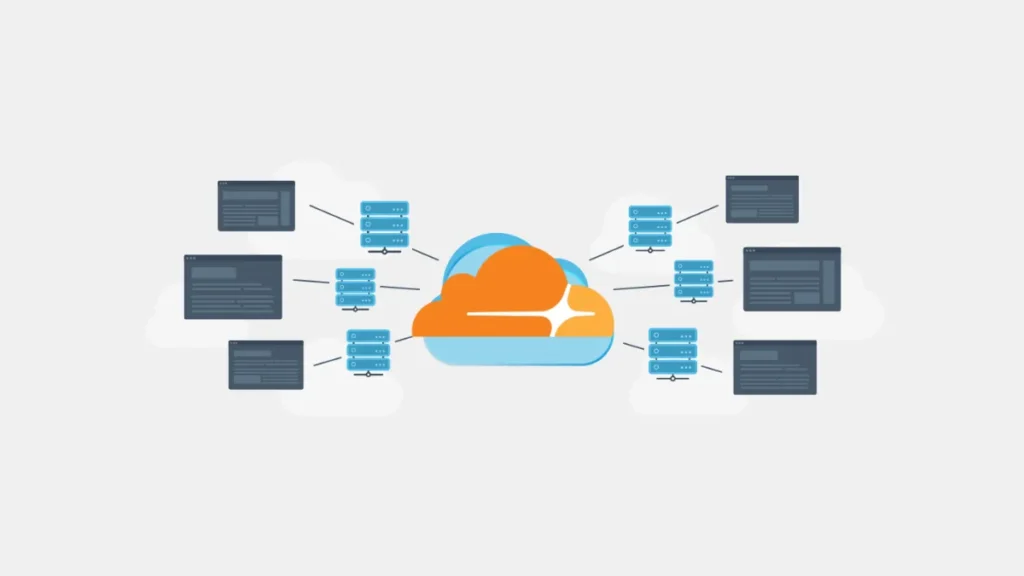
A content delivery network (CDN) is a distributed server network that delivers temporarily stored, or cached, copies of website content to users based on the user’s geographic location. A CDN stores this content in distributed locations and serves it to users as a way to reduce the distance between your website visitors and your website server.
Having cached content closer to your end-users allows you to serve content faster and helps websites better reach a global audience. CDNs protect against traffic surges, reduce latency, decrease bandwidth consumption, accelerate load times, and lessen the impact of hacks and attacks by introducing a layer between the end user and your website infrastructure.
Live-streaming media, on-demand media, gaming companies, application creators, and e-commerce sites as digital consumption increases, more content owners turn to CDNs to better serve content consumers.
